Throwback Thursday: The Surprising King of the Kuiper Belt
Originating out beyond Neptune, thousands of world originate. Who’s the largest? It’s not who you expect, Pluto-lovers!
“It is not when truth is dirty, but when it is shallow, that the lover of knowledge is reluctant to step into its waters.” –Friedrich Nietzsche
Although the innermost planets, from Mercury through Saturn, were known since ancient times, it’s only since the advent of the telescope that we’ve discovered what really lives in our Solar System. Over the past four centuries, the wonders of not only the distant Universe, but also our nearby neighborhood, have been uncovered in spectacular detail.
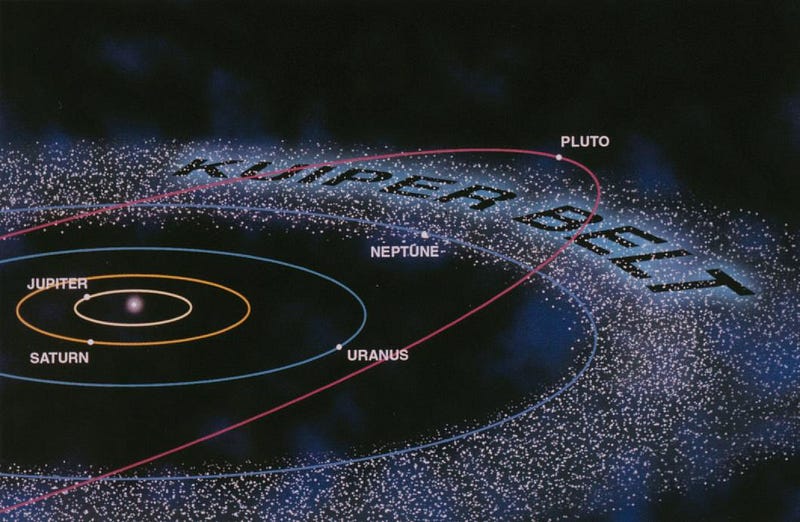
The third and fourth largest planets were discovered, as were a plethora of moons around other worlds, a belt of asteroids between Mars and Jupiter (at the ice-line of our Solar System, or where the strength of the Sun is insufficient to move water out of its solid phase), and a Kuiper belt out beyond the final planet. (And we have tremendous evidence of objects in the Oort cloud even beyond that!)
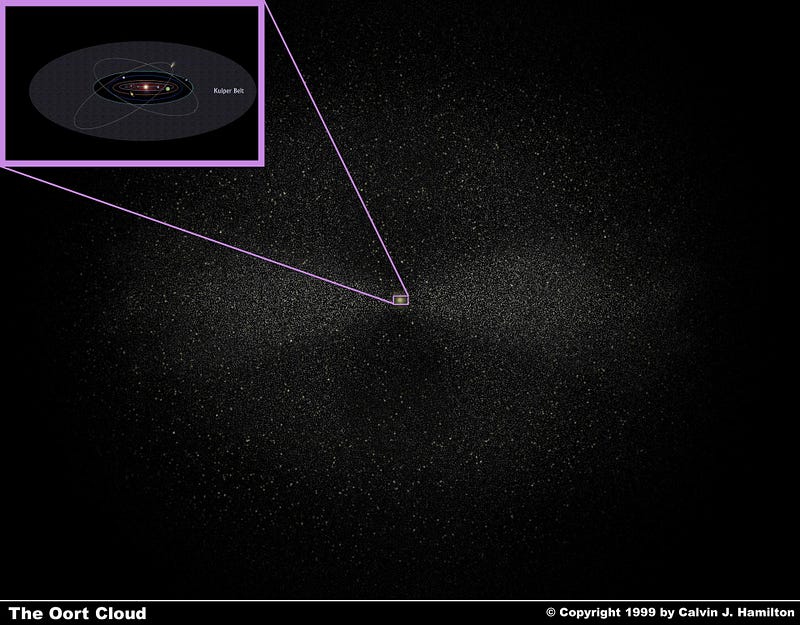
Although Uranus was discovered in 1781 by William Herschel and its bizarre failure to adhere to Kepler’s laws led to the prediction-and-discovery of Neptune in 1846, it wasn’t until 1930 that a lone astronomer, looking at pairs of images taken at different times, happened upon the serendipitous discovery of a lifetime.

Even though it was the only world located out beyond the orbit of Neptune for nearly 50 years (until Pluto’s largest moon, Charon, was discovered), it was recognized relatively quickly that Pluto was a harbinger for many more such objects, now recognized (and confirmed, since 1992) to be just one of a great many located in the Kuiper Belt. The other bodies began to exhibit a variety of sizes, shapes, and orbital characteristics, although they all had a number of properties that threw Pluto’s “privileged” status as a “planet” into question:
- similar, trans-Neptunian orbits in the same direction and with similar periods,
- masses and sizes of the same order-of-magnitude as Pluto,
- Pluto-like densities and surface properties, with lots of surface methane ice,
- similar atmospheric compositions to Pluto, as seen by occultations, and
- numbers that grew from “a few” to “dozens” to more than a thousand as of today.
This all came to a head in 2005, when it was discovered that Pluto isn’t even the most massive object in the Kuiper Belt!
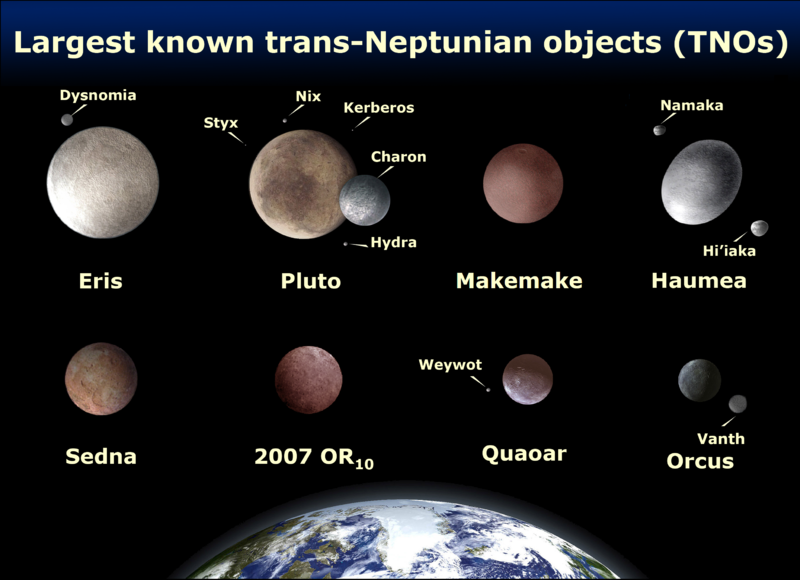
That distinction belongs to Eris, which weighs in at about 127% the mass of Pluto. (Although it may still be the case that Pluto is physically larger — in terms of radius — than Eris is; they’re both very close to one another and their size error bars overlap.) That discovery paved the way for a new classification scheme that included an additional class of Solar System objects known as dwarf planets, of which Eris and Pluto are the two most massive at the present time.
But when it comes to the King of all Kuiper Belt objects, none of these little monsters can stake that claim. Because there’s one object that we don’t normally think of as a Kuiper Belt object that has them all beat.
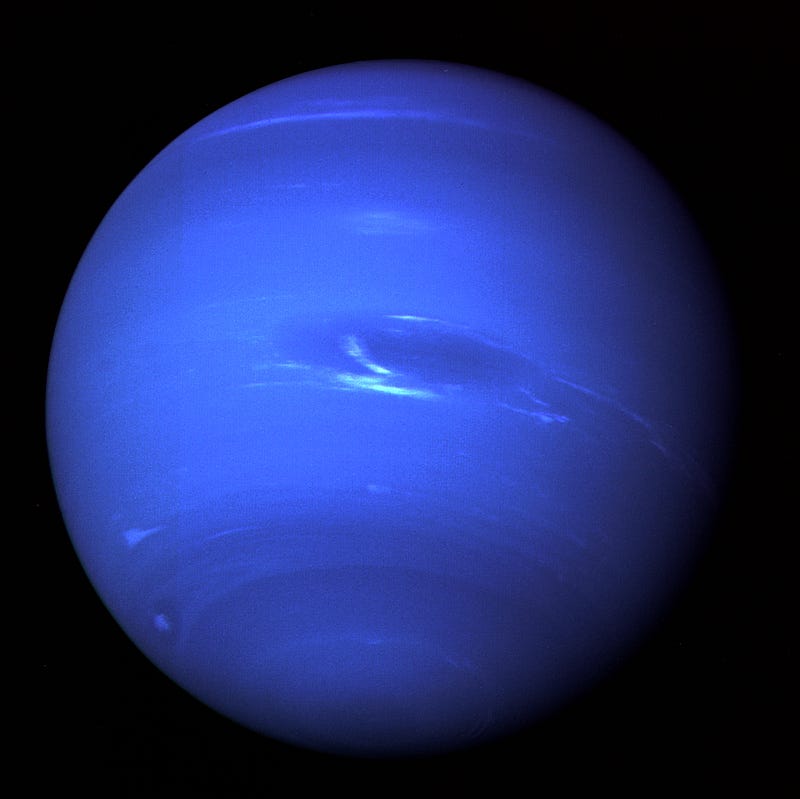
This is Neptune, the outermost planet in our Solar System. No, it doesn’t qualify as a Kuiper Belt object; it’s a planet, just like you’ve always learned. But back in 1846, there were some awfully powerful telescopes in the world, certainly much better and bigger ones than were around in 1781 (when Uranus was discovered) or at any time before that. Back in 1781, there was only one telescope in the world — commissioned in 1780 — that had a primary mirror of two feet (61 cm) or more in diameter.
By time 1846 came around, the largest telescope in the world had a primary mirror that was six feet (1.8 meters) in diameter, and amateurs with no formal training — like William Lassell — were building their own two foot diameter telescopes themselves.
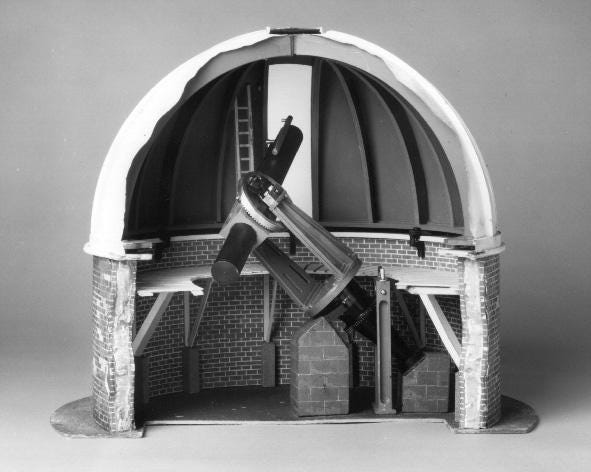
The timetable for the discovery of Neptune was swift: Urbain Le Verrier announced his prediction for the undiscovered planet’s position on August 31, 1846, and composed a letter to Johann Galle, director of the Berlin observatory. Galle and his assistant, Heinrich d’Arrest, looked for the planet on September 23, and discovered it that very night in one of the greatest accomplishments of all-time in theoretical astrophysics.
But news traveled fast, and back in England, William Lassell was eager to view the newly-discovered world.
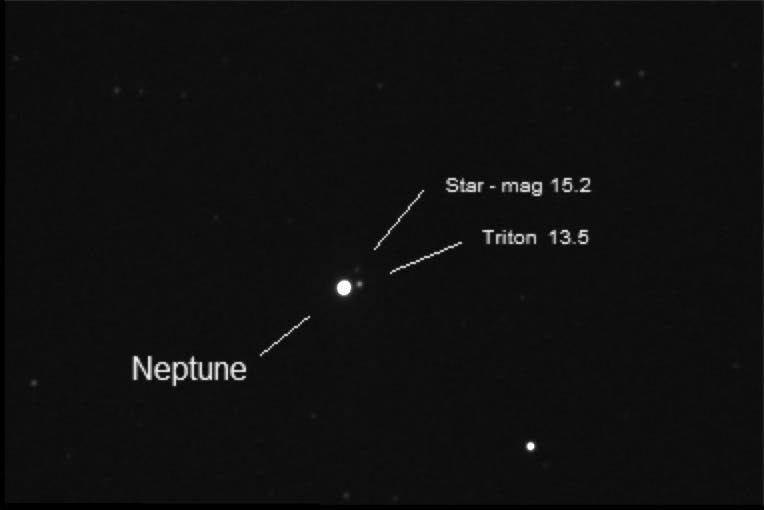
Just 17 days after the discovery of the hypothesized new world that had occupied many of the world’s greatest professional astronomers for decades, a virtually unknown and amateur telescope-maker discovered Triton, by far the largest satellite world of Neptune. (Although to be fair, it was the largest telescope in England at the time.) If all the Solar System’s moons were compared to one another, Triton would be the seventh largest in size, behind only Earth’s Moon, Saturn’s Titan, and the four Jovian moons discovered by Galileo.
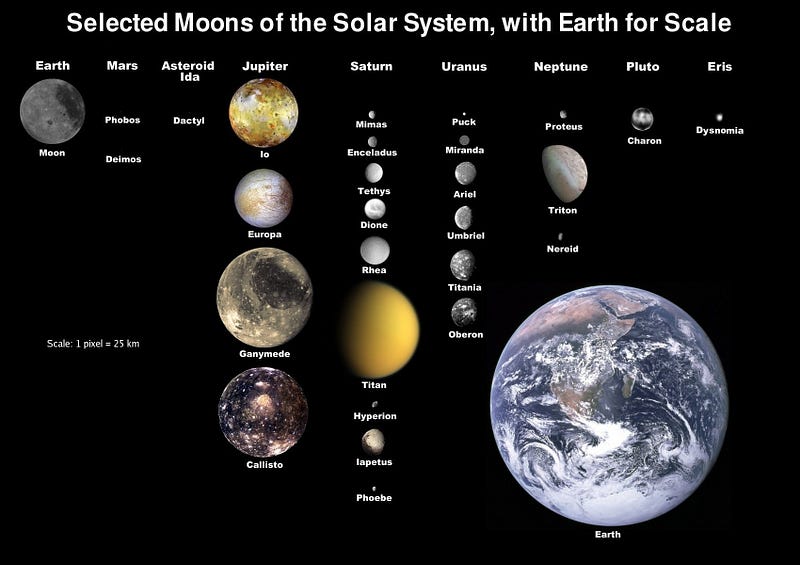
But — up close — Triton doesn’t look like any other large moon in the entire Solar System! For one, every other large moon revolves around its planet the same way all the planets revolve around the Sun: counterclockwise, as viewed if you flew directly upwards above the Earth’s north pole. But not Triton, which revolves around Neptune in the opposite direction!
In terms of density, it resembles Pluto far more than it resembles either Neptune or any other Moon in the Solar System. And in terms of atmospheric composition, it’s virtually identical to the known worlds found in the Kuiper Belt. (Check it out: it even has visible clouds!)
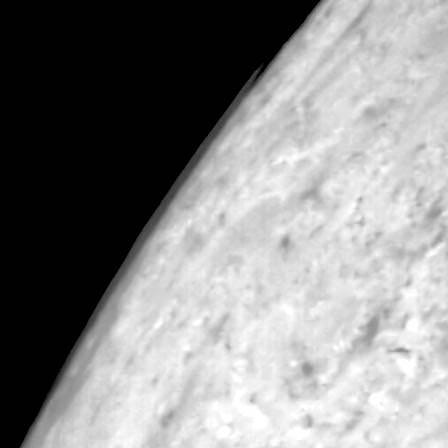
What does all this mean?
That Triton isn’t a naturally occurring moon of Neptune; it wasn’t created during the formation of the Solar System along with the planet the same way Saturn’s, Jupiter’s or Uranus’s moons were. Instead, it’s been gravitationally captured (by the same mechanism described here a few months ago) from its place of origin: the Kuiper Belt. We can tell where it originated from a combination of its density parameters, its surface features and its orbital mechanics, and it simply must have come from there!
Even though it isn’t currently in the Kuiper Belt, that doesn’t stop it from being the largest, most massive, most accessible, first-discovered, and in many subjective ways, greatest Kuiper Belt Object of them all!
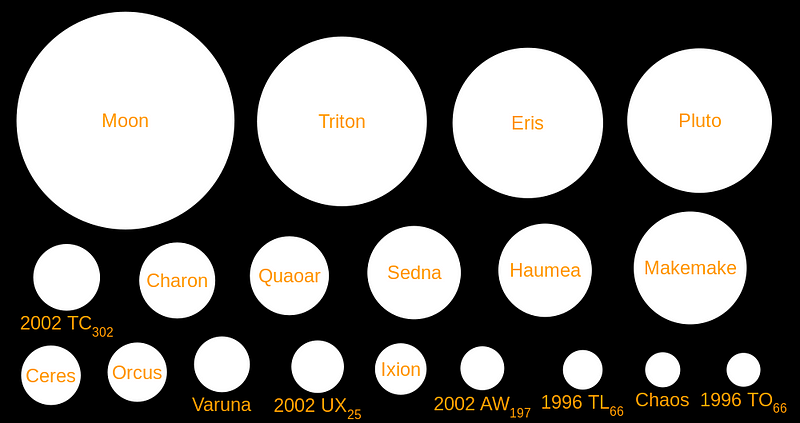
It’s real, it’s spectacular, and unlike every other Kuiper Belt Object, we’ve already been there! That was thanks to Voyager 2 in 1989; take a look at this photo mosaic of a large chunk of its surface!

If it looks cantaloupe-like to you away from the poles, well done; that’s the semi-official NASA term for it! We’re going to learn a lot more about Kuiper Belt objects in general thanks to the aforementioned New Horizons mission, which will begin exploring Pluto in just a few months: in mid-2015. After a journey of many years, it’s only the diameter of Earth’s orbit away from Pluto itself!
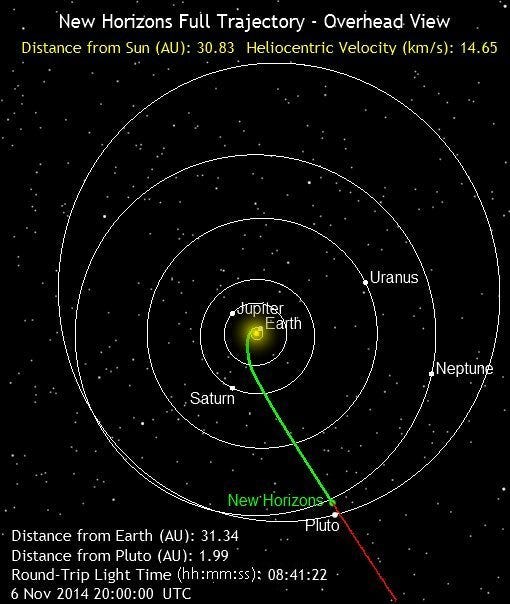
So the next time you think about worlds from beyond our planets, don’t just think of frozen ice-and-rock-balls orbiting in deep space, nor only of the comets disturbed by passing gravitational bodies and hurled inwards towards the Sun, but also of the rogue worlds that migrate inwards and wind up captured by gas giants.
After all, if you didn’t include them, you’d be missing out on Triton, largest of all the trans-Neptunian objects and the original King of the Kuiper Belt!
Leave your comments at the Starts With A Bang forum on Scienceblogs!





